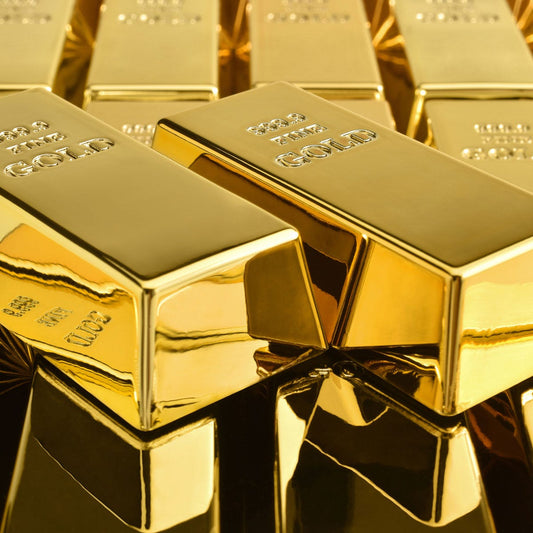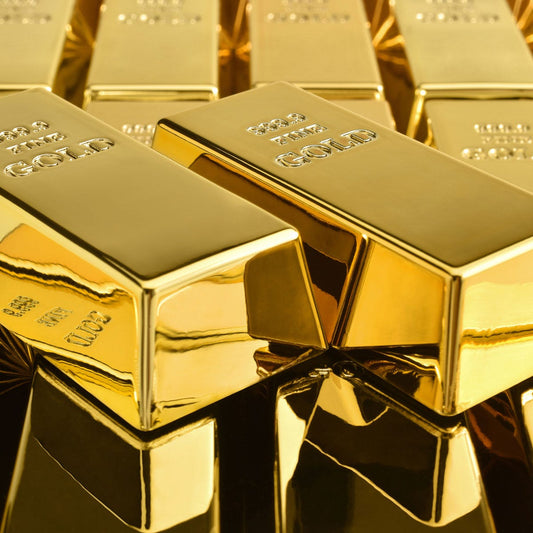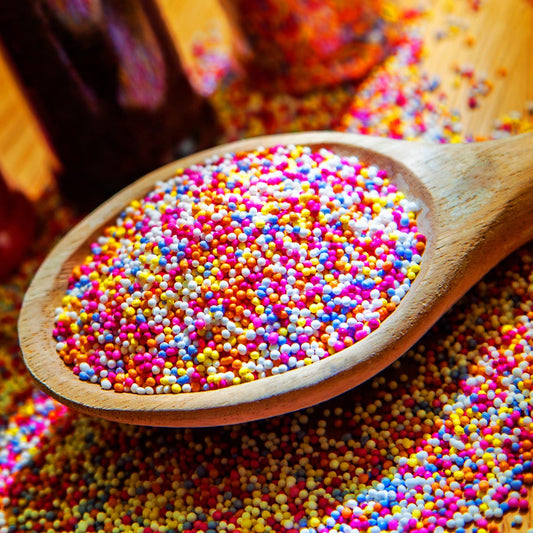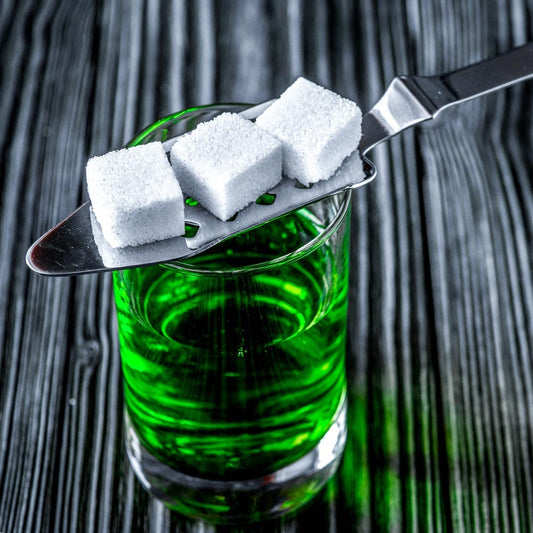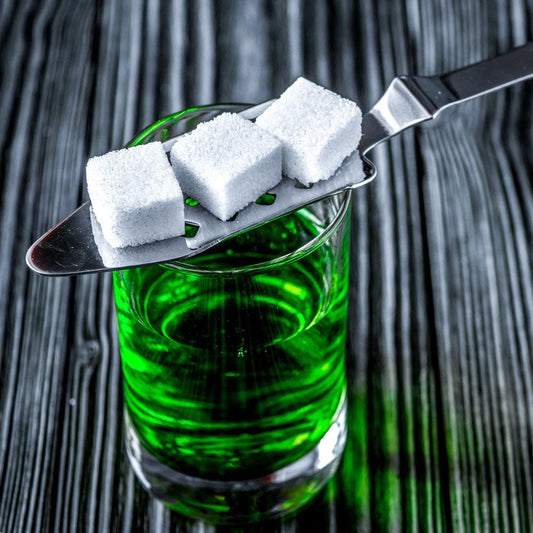Glossary of Candle Making Terms
Talk the talk by studying our wide-ranging glossary of commonly used candle making terms.
A
Appliqué
A delicate and thin wax shape that you can apply to the outer surface of a pillar or taper type candle for decorative appeal.
B
Burn Cycle
To burn a candle for approximately 4 hours, then blow it out allowing it to cool. We use this method to evaluate wick performance and calculate the candle’s burn time.
C
Cold Pour
A technique used to pour wax at a cooler temperature or pouring into a chilled metal mould for a more rustic look rather than a smooth, creamy surface.
Cold Throw
A term used to describe a scent and its strength before the candle is lit for the first time.
Container Candle
Any candle poured into a jar, glass, tin, mosaic, et cetera, from which it will be burned.
Core Candle
Usually refers to a plain, unscented pillar candle used for over-dipping, and cut and curl candle making. A core pillar candle can also be used when embedding objects, usually potpourri, fruit or even seashells.
Cure
To age the candle whilst changes are still occurring to the molecular structure. During this time wax will bond with the fragrance oil as well.
D
Double Boiler
A method used to melt wax by placing another metal container or smaller pot inside a larger pot of water. See our Double Boiler Setup page for further information.
E
Essential Oils
Also known as 'EOs', these volatile aroma compounds derive from plants or plant essence oils.
F
Flashpoint
The lowest temperature at which vapours of a fluid will ignite and can refer to both wax and fragrance oils. For wax, it is the temperature it must reach before it combusts and catches fire. For fragrance, it is the temperature it must reach in order to catch fire when coming into contact with a spark or even an open flame.
Fragrance Load
The amount of fragrance used per the amount of wax. Usually between 6 and 10% of fragrance oil is best and most common. E.g If I want to use a 10% fragrance load for 300g of wax, this means I need 30grams of fragrance oil.
Frosting
A white, crystalline layer that forms on the surface of natural waxes such as soy. This is also known as 'bloom'. To reduce frosting you can pour your wax between 40 and 46°C. See our Preventing Frosting page for further information.
G
Glass Adhesion
Also known as 'wet spots'. When wax cools too quickly it shrinks and can pull away from the glass. This is quite common with container candles. See our Adhesion Problems page for further information on prevention.
Gutter
Excessive wax that has melted and run down the outside of a pillar candle.
H
Hang Up
The unburned wax that remains on the wall of a container candle after it has been burnt.
Hot Throw
A term used to describe the strength of a fragrance while the candle is burning. A good hot throw is most desirable. To evaluate the hot throw of a candle, burn it for at least 2 hours but not more than 4 hours.
J
Jump Lines
Also known as 'skip lines' and 'chatter marks'. They are small horizontal lines that form on the sides of a container or pillar candle. Often they occur when wax is being poured into a cold container or mould or during a cold pour.
M
Melt Point
The temperature at which melting wax gets so hot it can turn from solid form into a liquid.
Melt Pool
The liquid layer of wax that forms on the surface of the candle around the wick as the candle burns.
Mix Temperature
The optimal temperature to add colour and fragrance to melted wax.
Mottling
A snowflake-like spot of white caused by a high oil content in the wax.
Mushrooming
Carbon mushrooms form at the top of a candle wick caused by incomplete combustion and can occur when you are using the wrong wick size, wax additives or even fragrance can contribute to the ‘mushrooming effect. See our page on preventing wick mushrooming and excess carbon for more information.
O
Out of Bottle
The initial evaluation that is made as soon as you open the bottle. This is also referred to as 'OOB evaluation'.
Over Dip
The process in which you take a candle and dip it in a specially formulated wax to give it a high gloss coat or finish.
P
Pour Temperature
The optimal temperature to pour the fragranced and/or coloured wax into the container or mould.
Power Burn
This is when you burn a candle for more than 8 hours. This is dangerous, has a lot of associated risks and is not recommended.
Pre-Wick Assembly
A wick that has already been cut to a particular size, has been wax-coated and has been tabbed with a metal base. They are essentially just ready-to-use wicks.
R
Re-pour
A process whereby you fill the cavity created by wax shrinkage to ensure you have a level, smooth candle.
Relief Holes
These are holes poked in paraffin wax after the first pour. These relief holes release air bubbles before you do your re-pour.
S
Sink Holes
Crater-like holes that appear on the surface of a soy candle after it has cooled down completely. They are caused by air bubbles or pockets that are trapped in the wax during the cooling process.
T
Tunnelling
Occurs when a wick is too small for a container candle. The wick will burn straight down the centre of the candle leaving no melt pool. The flame will continually go out.
V
Viscosity
A fluid's ability to resist flow.
Vybar
An additive that is used within paraffin waxes to help bond the fragrance.
